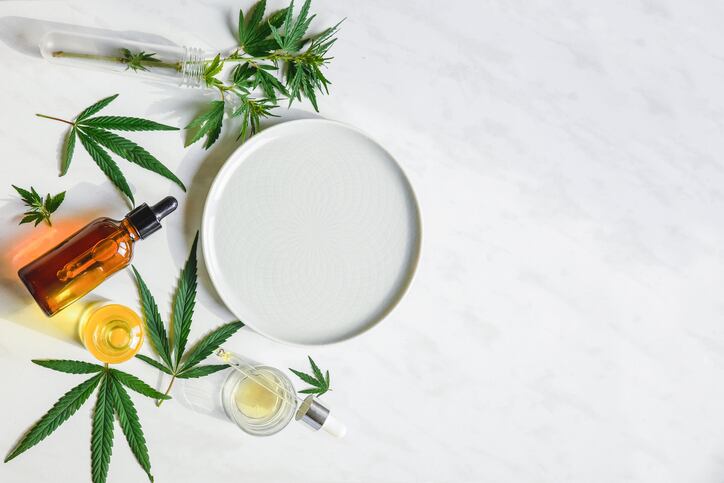As 2020 approaches, CosmeticsDesign-Europe takes a look back at some of the most important CBD developments of 2019 – an indication, perhaps, of what is on next year’s horizon.
CBD beauty innovation and expansion
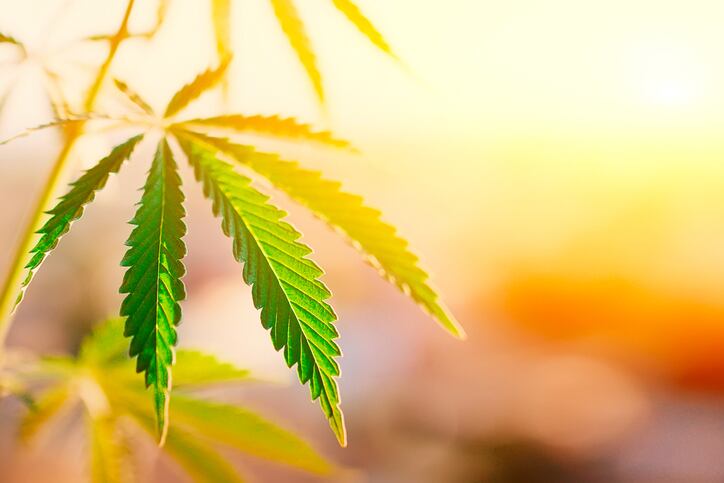
Right at the beginning of 2019, retailer Holland & Barrett launched a CBD-infused cosmetics line from Eos Scientific, giving a nod to the start of a burgeoning trend in the European beauty market.
Now, CBD beauty products can be found throughout European retailers, including Boots, Sephora and various online platforms.
In October, CosmeticsDesign-Europe caught up with French cannabis start-up Ho Karan about its goal to expand further in Europe and continue product innovation and portfolio expansion. The Indie brand’s hemp range was currently stocked in 900+ Sephora stores across Europe.
Company founder and CEO Laure Bouguen said Ho Karan would continue to use all parts of the hemp plant, including hemp flowers, in its future new product development work. Bouguen said whilst CBD had fast become considered a ‘miracle molecule’ in beauty, there were plenty of other valuable parts of the cannabis plant worth using.
In November, Colombia-based CBD skin care brand Kuida expanded into the US and UK following an initial launch in Latin America. The UK retail launch was planned for the first quarter of 2020 and the company also planned to eventually expand into Spain, Germany and other parts of Europe once country-specific requirements were achieved.
Various suppliers had also been busy innovating and bringing to market CBD ingredients in 2019, including International Flavors and Fragrances (IFF) with its hemp-derived products in partnership with Neptune Wellness Solutions; Croda with an anti-inflammatory hemp ingredient; and Ashland and CLR Berlin with non-cannabis ingredients that activated cannabinoid receptors and thus had the same effect but avoided regulatory hurdles.
CBD beauty trend-watching
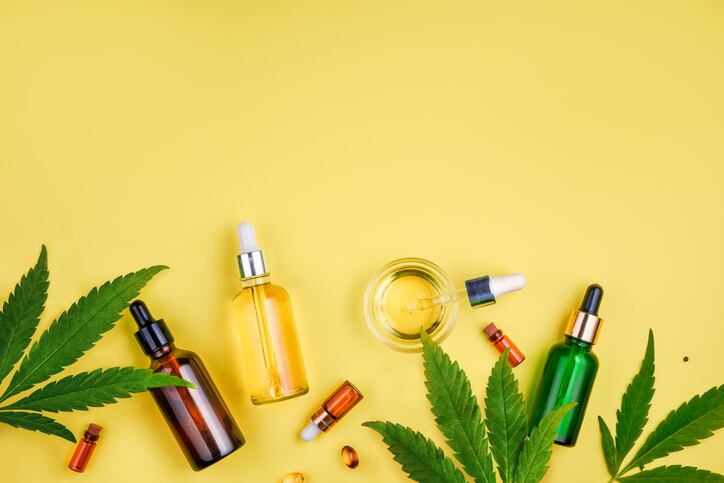
While use of CBD in beauty was clearly a growing trend globally, Latin America certainly paved the way for use in cosmetics following a string of launches and business ventures throughout the region thanks to a more open regulatory approach in countries like Colombia and Mexico.
Within Europe, the UK had proven an important market for CBD beauty growth, with extensive skin care launches driving the market forward.
In October, Euromonitor International said therapeutic and dermo skin care would be the main driver of cannabis beauty growth in the coming five years across Europe, with CBD becoming “the new superhero ingredient”.
While hemp had been used in beauty for decades, the market researcher said incorporation of cannabidiol (CBD) was now the focus for many manufacturers in the space, touted for its anti-oxidising, oil-balancing and anti-inflammatory properties.
While CBD had clearly made its mark in skin care, hair care had also seen some focus with European brands like India, Waterman’s and BamBeautiful working with it, emphasising natural formulations and combining CBD with fruit, nut and plant extracts.
Making claims within these hair care products, however, remained scarce because unequivocally proving the efficacy remained a way off, according to formulation experts.
CBD beauty research – what does the science say?
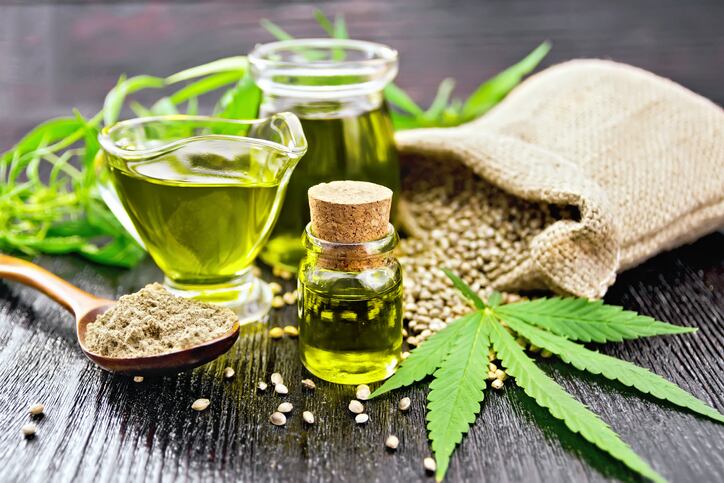
One strong research focus for CBD this year had been skin care and how the ingredient interacted with the skin. An EU-funded study conducted by researchers in Spain and Scotland, for example, investigated the molecular level effects on cannabidiol on epidermal cells.
Findings showed that CBD regulated major pathways in human primary keratinocytes involved in keratinocyte differentiation, skin development and epidermal cell differentiation, among other processes. Importantly, results demonstrated this was achieved through upregulation of the gene heme oxygenase 1 (HMOX1) and degradation of the transcriptional repressor BACH1. The researcher said this happened independently from the NRF2 pathway – part of a group of nuclear receptors that released antioxidative genes and proteins when under oxidative stress.
This research, therefore, clearly identified BACH1 as a “molecular target for CBD in keratinocytes” and could set up the basis for use of topical CBD for the treatment of different skin diseases, including atopic dermatitis and keratin disorders.
Other research conducted this year by a team from the University of Milan and published in Phytotherapy Research compared the anti-inflammatory effects of hemp oil (Cannabis sativa L.) and CBD powder (cannabidiol).
Findings showed hemp oil and CBD powder had some “different effects” on pro-inflammatory mediators in the skin. While both had parallel effects on impairing the NF-KB pathway, a key regulator in inflammatory conditions including psoriasis, and both impaired the release of pro-inflammatory mediator MMP-9, some activity was only associated with hemp oil.
Hemp oil, the researchers said, down-regulated additional genes involved in wound healing and skin inflammation – effects “not strictly associated with the presence of CBD”.
CBD regulatory landscape across Europe
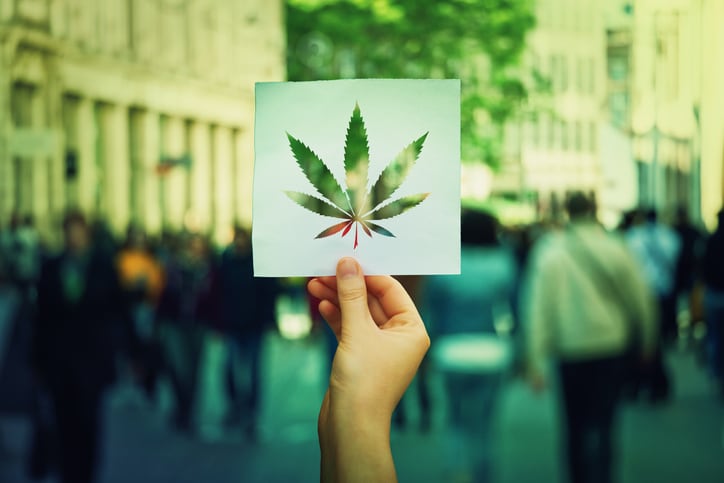
Future developments would continue to depend on the complex regulatory environment across Europe for cannabis. Whilst use of CBD in beauty products was regulated through the European Cosmetic Regulation 1223/2009, under entry 306 ‘Narcotics, natural and synthetic’ of Annex II, each Member State also had national texts regulating use of cannabis and its derivatives, which varied.
Under European-wide law, use of naturally-derived CBD from cannabis plants was prohibited in the EU but use of hemp-derived or synthetically-produced CBD was allowed. However, cannabis seeds or leaves without tops were not on the banned ingredients list of the Single Convention on Narcotic Drugs, meaning use of CBD derived from these parts of the cannabis plant was not currently prohibited.
In France, however, only some varieties of Cannabis sativa L. were allowed, and preparations could only be derived from the seed and fibres; use of flowers was banned, for example. There could also be no trace of Tetrahydrocannabinol (THC) in the final product. By comparison, Sweden only allowed derivatives to come from the seed and subterranean parts of the cannabis plant and THC levels of 0.3% were allowed in cosmetics and food, currently.
Hélène Sevestre, regulatory expert at EcoMundo – an international regulatory compliance specialist – said it was “reasonably predictable” that competent authorities would increase the number of inspections on CBD beauty products, and so industry had to remain aware of regulations and any changes to come.
On 16-17 March, next year, CosmeticsDesign is co-hosing a two-day CBD Global Summit 'Demystifying Hemp and Cannabidiol' in London. For all the latest research, regulation and trend insights on this booming category, you can register to attend now.

